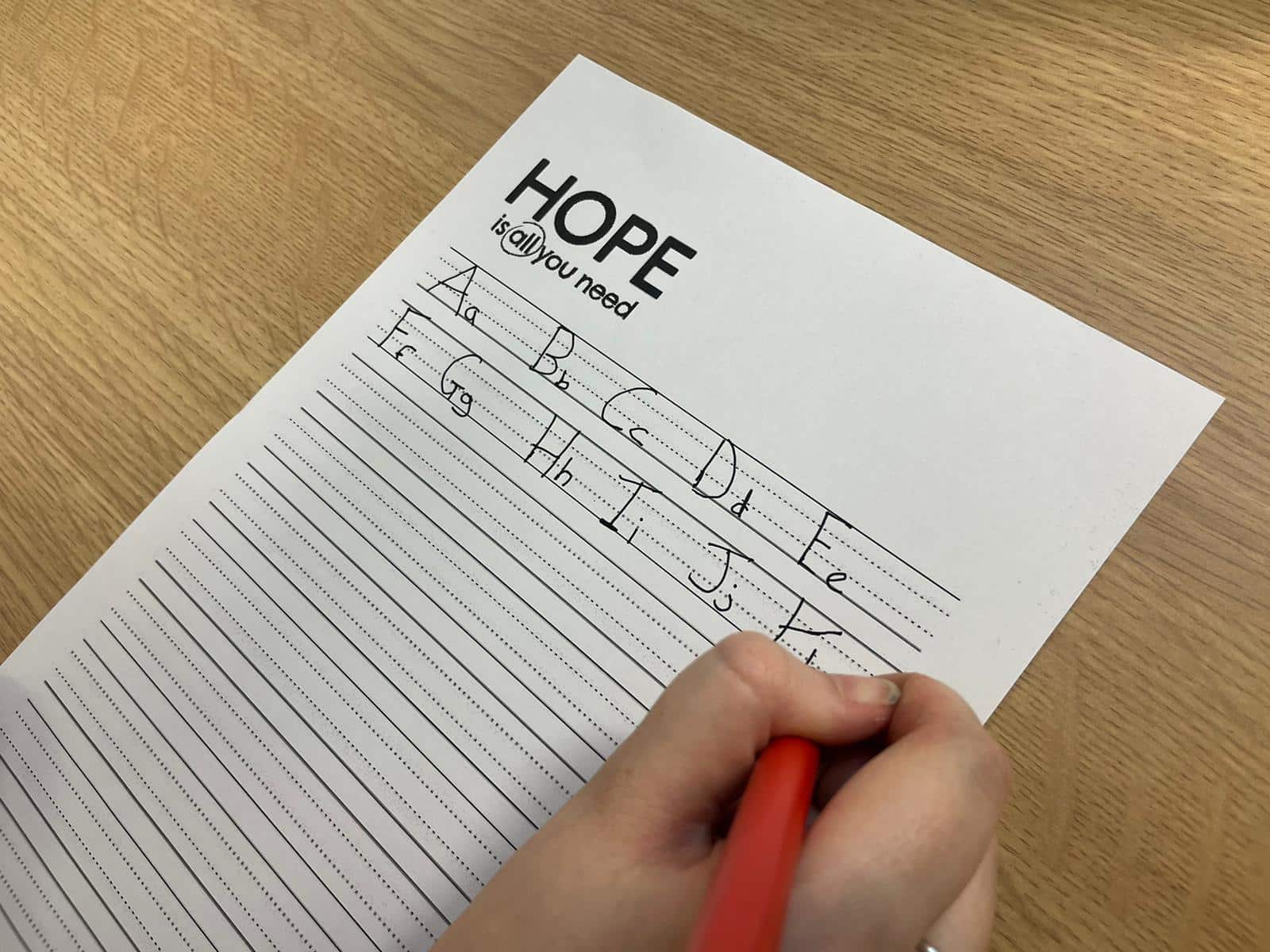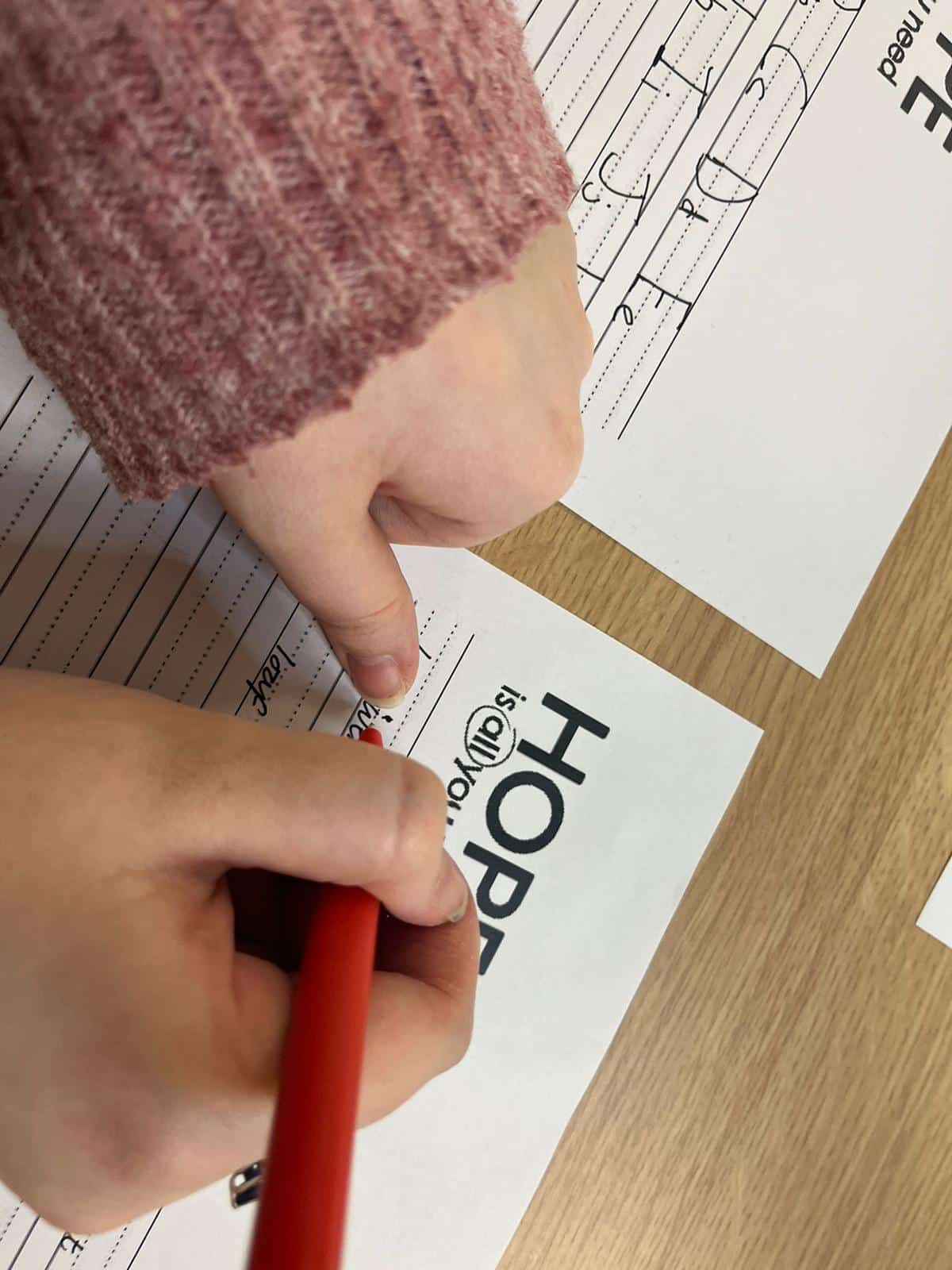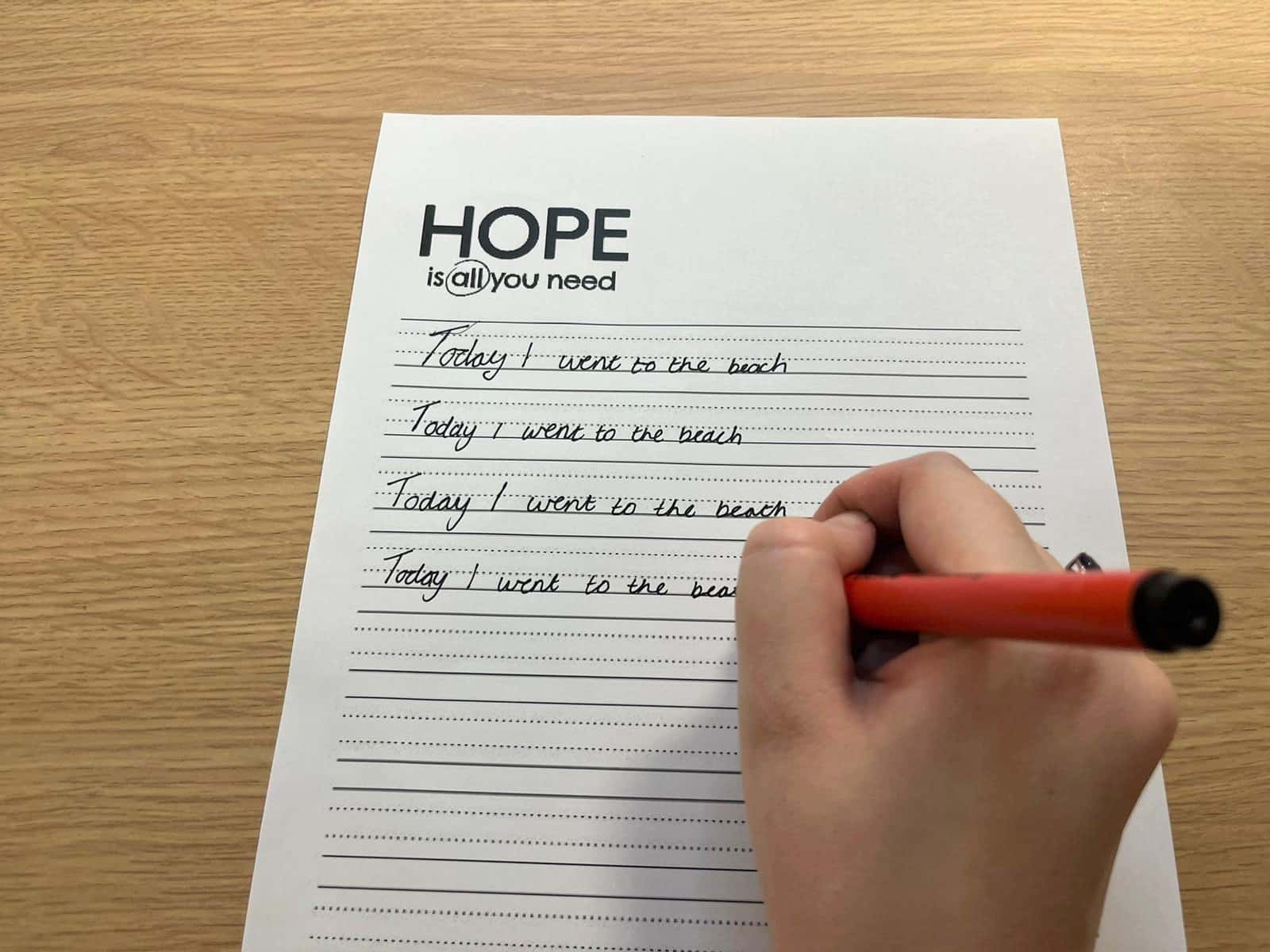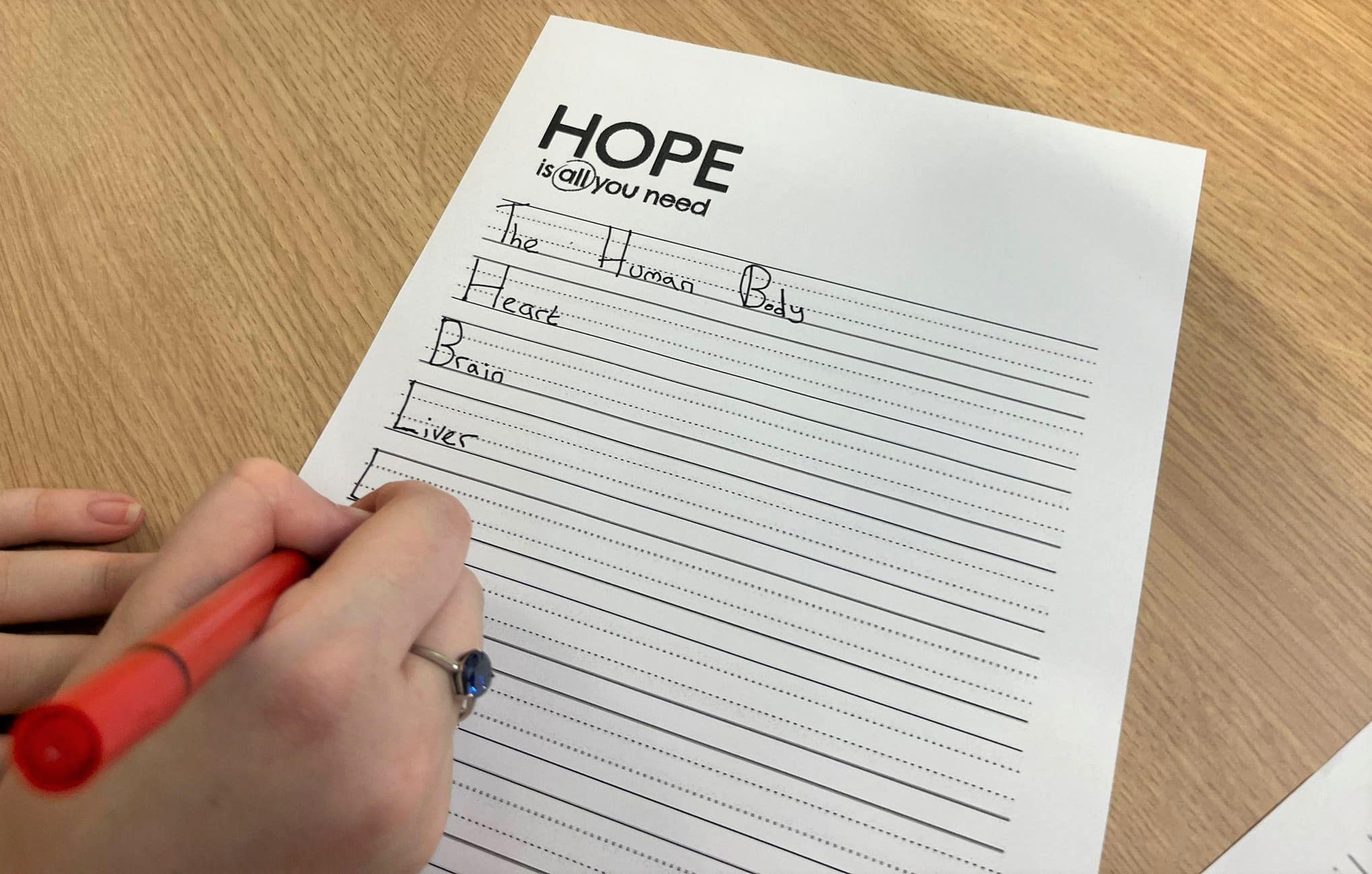7 amazing handwriting ideas for the classroom
Practising handwriting is key to children’s development, especially when it’s time to move away from pencils and start using pens. Using pens helps children to improve their fine motor skills and prepares them for their futures.
Handwriting can be quite difficult for children to get used to and they can even get bored. This makes handwriting ideas hard to think of for teachers to steer away from traditional ways.
To make handwriting more fun for pupils, we have teamed up with Berol and have created 7 amazing handwriting ideas for the classroom.
Create a writing tray
To mix up handwriting lessons, create a sensory experience for children to have fun with. Fill trays up with rice and hand pupils’ small stones to create letters with. Task them with producing the alphabet in their tray to practise their letter skills. To make this activity harder, get children to spell different words out or even create a very short story.
Even though this activity doesn’t require the use of a pen, it still develops pupils’ handwriting skills. Using small stones or objects to spell words or create letters with requires the use of fine motor skills. This means that they have to use their writing muscles without knowing that they are doing this.
Use handwriting guidelines
Using handwriting guidelines is very much the traditional way of developing handwriting skills for pupils. However, they are a necessity when children move from pencils to pens as it is a way to get familiar with writing with a pen. The best way to use these guidelines is to practice the letters in the alphabet. Task children to use capitals and lowercase letters to get used to how pens work.
To make the transition easier for your pupils, use Berol’s handwriting pens. These pens are ideal for children to develop better writing control and letter formation. They are also super easy for children to grip and get used to.

Practise handwriting in small groups
For pupil’s handwriting to improve, it is important that teachers monitor their progress. But this can be quite difficult when the whole class are doing activities separately. Errors can easily be made with letter formation or words without the child’s knowledge or even yours. Practising handwriting in small groups is vital as when the class are in groups, it’s easier for you to closely monitor how they are doing.
Having a large version of a handwriting guideline could be a way for pupils to work on handwriting together. Or you could get them to write a silly story together with each child taking turns to write a sentence. During this activity, support the children who are struggling and give praise to your class to reinforce their confidence in their writing abilities.
Focus on spacing
Spacing is one of the most important handwriting ideas to do with your class as they get used to pens. Using handwriting guides, have children put their thumbs between each word that they write out so that they can see how much space they should have when writing properly. They can write about their weekend or a holiday they remember well.
To make spacing more visual and fun for your pupils, allow them to dip their thumbs in paint. They can then imprint it on the guideline so that they can see the correct spacing between words easier. Plus, they can enjoy getting a little messy whilst writing, which can motivate them to practise.

Make handwriting fun with games
Handwriting ideas for the classroom doesn’t just have to be writing letters or words out. You can incorporate board games with practising letters and words to add in some fun. Pupils won’t even realise that they are practising their word formation as they will be engaged in the games.
For younger pupils, you could change noughts and crosses to different letters. Use mini whiteboards and have children battle in pairs to get a line of their letter. Doing this activity in this way uses their writing muscles and helps children to understand different letter formations. You could even head outdoors and use chalk in the playground to play this game.
For older pupils, you can challenge them to a game of Scrabble. Allow children to figure out what words they can make with the letters they have. This advances their word formation knowledge and even broadens their letter skills.
Do cursive practise
To have excellent handwriting skills, children need to practise writing in the cursive form. Cursive writing can be done in multiple ways. The easiest way for pupils to learn how to write in cursive is through writing sentences on a handwriting guideline.
Before pupils start this, show them how cursive writing works and take them through the steps so they understand how to do it. You can also have dotted lines on their guides so that they can trace the shape of each letter until they are confident enough to do cursive freehand.
If children are struggling to grip their pen when trying to write in this way, then offer some fun pen grips. These grips can ensure that they have the correct movement for the flow of the writing.

Practise handwriting within other subjects
Handwriting doesn’t have to be a lesson on its own. Try incorporating handwriting into other subjects. Use the handwriting guides when writing out certain lessons instead of using notebooks. This is especially useful for when your class are moving away from writing with pencils as it’s another opportunity to practise with pens.
An example of this could be writing out a science lesson on the human body. Get pupils to list organs within our bodies on the guidelines and let them think about how they are writing. Ask them questions about their writing and guide them when they make a mistake. Including handwriting into other subjects engages children more as they are steered away from the usual handwriting practice. Plus, they get to learn something else whilst developing their writing skills.

Try these handwriting ideas out and see your pupils writing improve whilst enjoying themselves. Remember, all children progress with handwriting at different stages, and so tweak these ideas for pupils who are struggling and support them one to one. Allow them space and time to get to grips with using a pen, too as this can feel unfamiliar to them.
Check out more Berol essentials for your classroom here!
Show us your handwriting practice activities on our Facebook, we would love to see them.
Allow children to further practise their handwriting through these creative writing ideas perfect for broadening their imaginations and developing their writing skills.